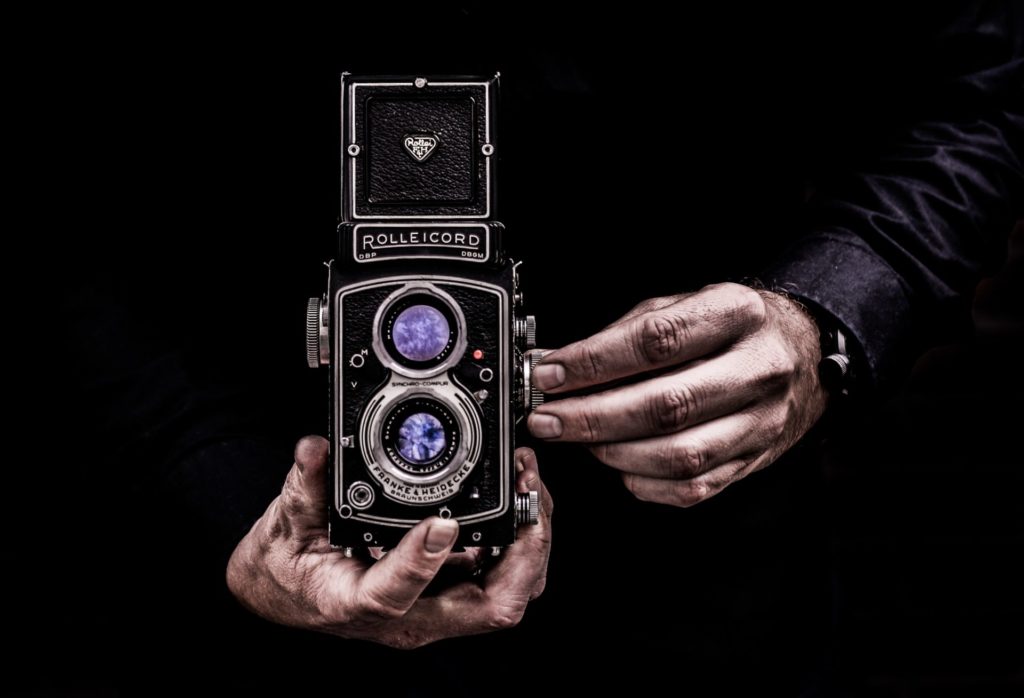The traditional art market, obsessed at times with one-of-a-kind works, could be causing problems for the development of fine art photography and other forms of art. Can photographers face these challenges? Can the market be convinced to change its habits or become more accepting?
Photography is a unique art form in many ways, but one crucial issue for photographers is that photos can be reproduced in a number of editions. From a single set of negatives (or their digital equivalent), a photographer can create any desired amount of the same work. At first blush, it seems this would be a benefit in the marketplace. But the art market is a strange one. And perhaps it is time for photographers to take a look at the market and their place in it.
Especially in Europe, certain dealers have whispered that there could be a long surviving prejudice against limited edition photography prints. Collectors and investors are far more likely to seek out a one-of-a-kind item, like a painting or sculpture, compared to a print, even if it is part of a limited edition. The thinking goes that even with the limited edition, the reproducibility of photography lowers its ability to appreciate value.
More recently, one outlier to this trend is the sculptor Richard Orlinsky who works with editions of his work. Similarly, Lumas Galleries and YellowKorner are European photography sellers able to keep their prices moderate, though still nowhere near a Picasso. For comparison, the controversial Peter Lik does much better in the United States. All in all, this paltry selection of outsiders should be read as the exceptions rather than the rule.
The Art Investor’s Prejudice
The stakes of this European prejudice are clear. Fine art photographers are prevented from reaching high levels of success so long as their dominant mode of distribution is seen as less valuable. Some of these artists can make a reasonable living in the United States through the middle market by selling limited and signed editions at a reduced sum, but those same artists are then snubbed by the higher echelons of the art world for participating in that middle market.
Put simply, the one place photographers can make a living blocks them from reaching the top of the art world. Damned if you do, damned if you don’t.
No photographer is expecting a limited edition print to match the auction price of an original Picasso, but that doesn’t mean they shouldn’t be able to aim for big goals. Fine art photographers of all backgrounds represent a diverse range of perspectives (animals, nature, portraits, travel, architectural) and insights that are being withheld from the top realms due to such outdated ideas.
How We Got Here
Of course, we got here for a reason. The demand for one-of-a-kind items is tied to a market focused on asset appreciation, and art investors dominate the commanding heights of the art world — not art lovers or art historians or artists themselves. For every thousand dollars spent on a piece of art, investors are expecting ten thousand more in a decade or two.
Artists and art lovers are interested in an entirely different set of values that art provides. They are looking for their emotions to be stirred, for their wall to come alive, for deep insight into what it means to be human. None of those directly translate into money. Unfortunately, you cannot eat stirred emotions nor pay rent in insights. Artists need to be paid for what they do, and the top artists deserve to be compensated fairly for their contributions to the world.
In a market fascinated by uniqueness alone, the one-off works of the dead will always have the highest price tag. Much better to snag a painting by Rembrandt’s student than by a living master of photography — though even the dead can occasionally get away with high value prints (note the aforementioned Picasso). But that leniency does not extend to the world of fine art photography where editions are the most sensible and common form of distribution.
It is possible that with the ubiquity of DSLR cameras, smart phones, and stock photography sites, the value of photography is perceived to be lower than ever before. Perhaps the fifty-megabyte print is now indelibly connected to the five-megabyte Instagram selfie. But this does not diminish the inherent talent, effort, and training that goes into producing fine art photography along with the countless expenses that go along with it.
With a painting, the result is necessarily singular (with very few exceptions). That single painting must then recoup all of the labour value of the artist. But in an edition of one hundred copies, each copy only needs to recoup one percent of that value. And so it is difficult for photographers to reject the edition format for something riskier, i.e. having to sell one high priced item.
Because so many photographers make that decision, the market expects to pay a discount price for photography, making it nearly impossible for a photographer to go against the grain and sell a single print of an image. At some point, photographers might decide to ditch their field altogether and tape a banana to the wall.
Changing the Field
We have only outlined the issue above, but it is enough to ask the big question: what do photographers do? Should photography try to migrate to more single printings and so take in greater payouts and prestige? If so, what are the risks and rewards?
The real calculus involves what is lost and what is gained. Photographers currently have the ability to reach many people with their more industrial model of distribution. The reduced price for a limited-edition print means availability to more people. While that comes at the expense of acceptance at the highest levels of the art world, it also means accessibility to everyone else.
There is then the classic divide between the culture of the super-rich and the rest. Fine art photography, no matter how well shot or framed, is not going to bridge this divide alone. But for photographers looking to rise to the top of the art world, it might seem worth a try.
Some photographers are trying. The creation of commissioned, single edition photographs is an interesting avenue, though it doesn’t fit everyone’s work style or resources. At the very least, photographers might take a risk more often, withholding some works to single prints at a higher price. That might go a long way in shifting attitudes toward the field.
It could be that the change should come from the other direction. Old habits of mind in European collectors might update or at least soften. They could consider their “philistine” American counterparts who have long accepted the particularities in the photography market. This might certainly be a good idea for everyone involved, but the thing about old habits is that they die hard.
Either route will take time and require people to venture into new territory. If that is done on both sides, they will meet in the middle in half the time. The question is, who has the biggest incentive to change? It seems that it will be up to fine art photographers to make the first move, as they are the ones with the most to gain.
Pat Le Paulmier


